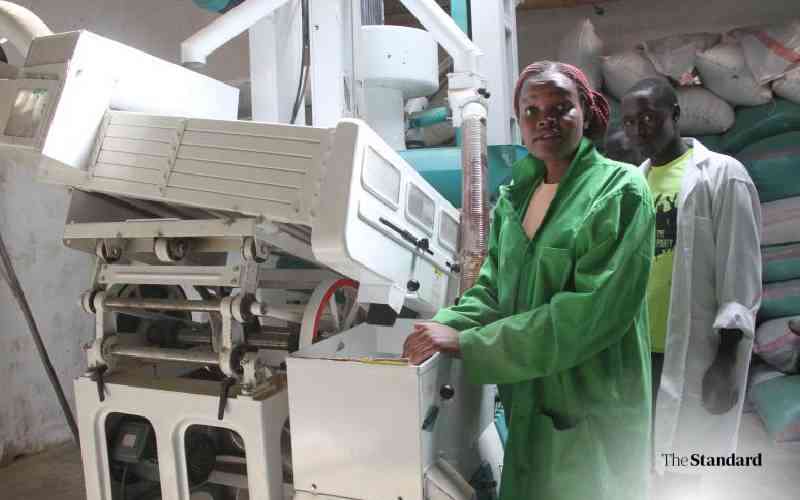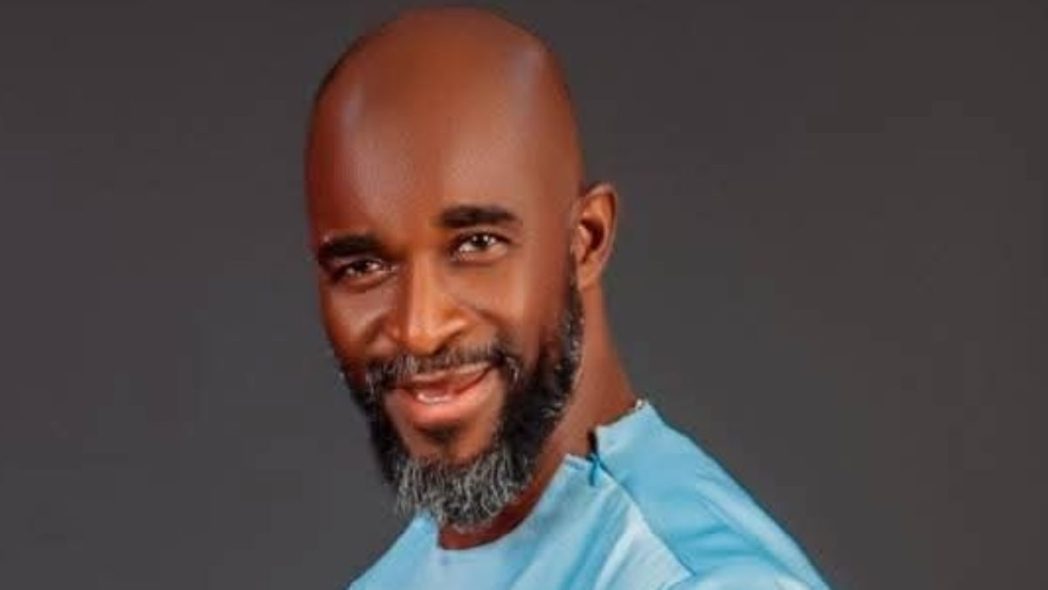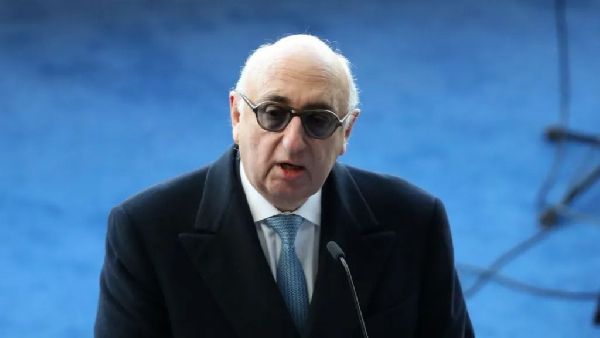What a new NTSB report says about why a Mexican Navy vessel hit the Brooklyn Bridge in fatal crash, despite pilot's order to move forward - Newsday
A pilot aboard the Mexican Navy vessel that crashed into the Brooklyn Bridge this May ordered it to move slowly forward, but instead it went backward and hit the bridge’s underside, according to a preliminary report by the National Transportation Safety Board.
Two sailors were killed and 19 injured in the May 17 crash of the tall ship ARM Cuauhtémoc BE 01 near the start of what was to have been a 254-day training voyage with port calls in 15 nations. All three of the vessel’s masts struck the underside of the bridge, though the vessel’s sails were furled and it was under engine power at the time of the crash, the report said.
The crash of the brightly lit vessel with cadets harnessed high in its rigging was viewed in real time by well-wishers on the shore and on widely circulated social media videos. It caused damage estimated at more than $500,000. The vessel is being repaired in a Staten Island shipyard.
The June 30 report says that at 8:20 p.m., under commands from a docking pilot and assisted by a tugboat, the vessel backed out of Pier 17 at Manhattan’s South Street Seaport, south of the bridge, at 2.5 knots. Winds were westerly at 10 to 15 knots. Tide was incoming at .13 knots. The captain told pilots that propulsion and steering systems worked.
Pilots direct navigation of a ship in port but the ship's captain maintains command. In this case, according to the report, the pilot gave commands to the captain, who relayed them to crew members on the vessel's navigation bridge.
When the vessel cleared the slip, the docking pilot gave a stop command and a dead-slow-ahead order to move forward at the slowest possible speed. The tug, by then positioned between the vessel and the bridge, was pushing on the starboard or right side bow, away from the bridge.
But the vessel’s stern began to swing toward the bridge, the report said. At the docking pilot’s order, the tug stopped pushing against the ship and maneuvered along its starboard side toward its stern.
The vessel moved backward instead of forward, accelerating from 3.3 knots at 8:23 p.m. to 5.1 knots at 8:24 p.m., the report said. It was moving backward at 5.9 knots when it hit the bridge. At 8:27 p.m., the vessel stopped against the seawall on the Brooklyn side of the bridge.
The preliminary report did not identify a probable cause of the crash, which will be detailed in 12 to 24 months along with any contributing factors, said Jennifer Gabris, an NTSB spokeswoman.
Significantly, said Massapequa native Salvatore Mercogliano, a former merchant mariner and maritime historian at Campbell University in Buies Creek, North Carolina, it did not say why the vessel accelerated so fast toward the bridge that wake is visible in video of the incident.
“There is no mention of mechanical or human cause here,” he said. “It’s hard to believe that that amount of speed increase could be caused by (wind) and almost no current. That was being caused by the engine.”
The report does not establish whether the vessel’s engine ever powered forward before it went backward, only that the pilot, whose job it was to guide the vessel out of the harbor, gave the order. Navigation out of this section of the East River and New York Harbor is not especially difficult and the multi-step process by which commands were translated into Spanish and conveyed from the pilot to the ship’s crew was not unusual, especially for a naval vessel, Mercogliano said
“The NTSB did not want to put its neck out here,” he said. “You’re dealing with a couple of very sensitive issues” including Mexican sovereignty and the death of two young naval cadets.
Darrell Wilson, a spokesman for Manhattan-based McAllister Towing, which owns the tugboat, said in an email that the company extends "our deepest sympathy to all of those impacted by this incident" but declined to comment further, citing ongoing investigations by NTSB and the Coast Guard.
Nicholas Spangler is a general assignment reporter and has worked at Newsday since 2010.








